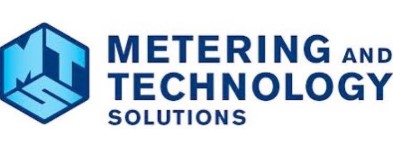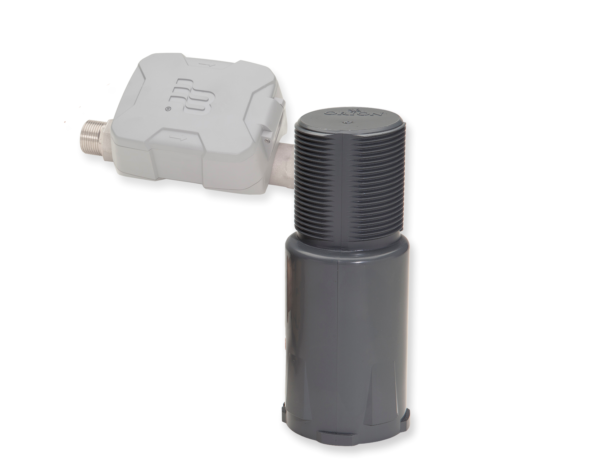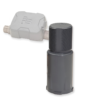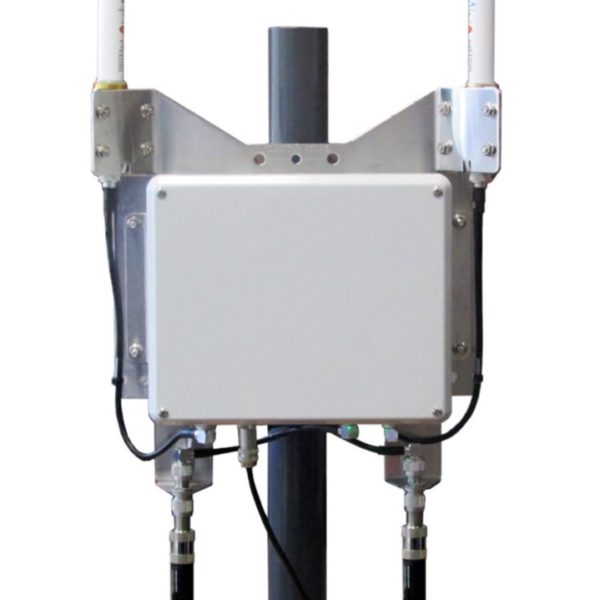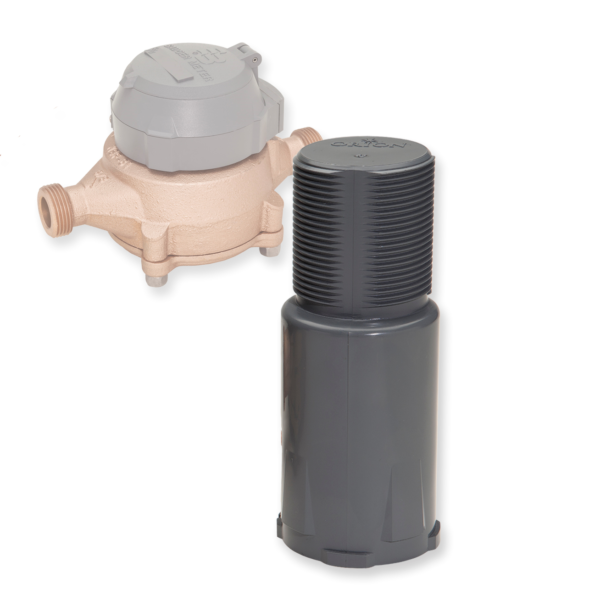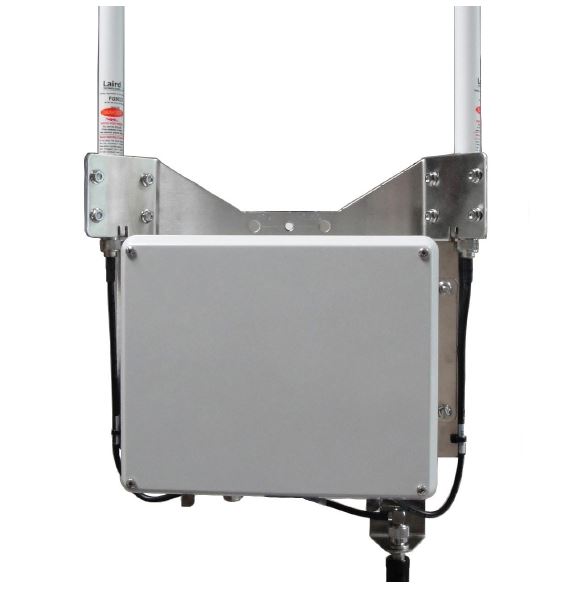Description
FUNCTIONALITY
Operation: The endpoint continuously monitors the encoder circuit. At predetermined intervals, the endpoint broadcasts the totalized reading value, along with other meter data, to the network gateway transceivers or mobile collection devices.
Activation: The endpoints offer a Smart Activation feature. All ORION endpoints are shipped in an inactive, non-transmitting state. After the endpoint is installed, it begins broadcasting data when the encoder senses the first usage of water. No field programming or tools are required to activate the endpoint.
Broadcast Mode: Once activated, the endpoints begin transmitting in mobile priority mode. Utilities deploying a fixed network system may leave the endpoint in mobile priority mode of operation and collect data at any time, using either two-way mobile collection or through the deployment of gateway transceivers. In mobile priority mode, the endpoint will send a mobile reading once every six seconds and a fixed network data message once an hour. Utilities licensed to deploy a two-way fixed network system may transition the endpoints to fixed network priority mode of operation using the endpoints two-way communication feature via the gateway transceiver. Endpoints in fixed network priority mode continue to send a mobile message once every ten seconds for reading and troubleshooting purposes.
Data Profiling: The endpoints store up to 90 days of hourly historical interval meter data within nonvolatile memory.
Output Message: Each hour, the endpoint stores a reading at the top of the hour. The endpoint broadcasts its unique serial number, reading(s) and status indicators in either fixed network priority mode or mobile priority mode depending on the system configuration. When gateway transceivers are deployed, each fixed network message in mobile priority mode includes the most current top-of-the-hour reading plus the previous 11 top-of-the-hour reads. In fixed network priority mode, the endpoint broadcasts up to the last 24 top-of-the-hour reads for gateway transceiver data collection.
Endpoints also support collection of a current endpoint reading, status indicators and snapped daily read (midnight UTC) for mobile (walk-by or drive-by) data collection. Using the two-way endpoint feature, historical interval data and other endpoint information can be captured from the endpoint during the mobile reading process.
APPLICATION
Configurations: Available in integral, remote or endpoint-only configurations, the endpoint can be deployed in indoor, outdoor and pit applications. The endpoint electronics and battery assembly are fully encapsulated in epoxy for environmental integrity.
Meter Compatibility: When attached to a Badger Meter encoder, the endpoint is compatible with all current Badger Meter Recordall® Disc, Turbo Series, Compound Series, Combo Series and Fire Service meters and assemblies, and with E-Series® Ultrasonic and M-Series® Electromagnetic Flow meters.
Encoder Compatibility: The endpoint is suitable for use with all Badger Meter encoders as well as the following Badger Meter approved three-wire encoder registers that have a manufacture date of 2000 or newer, are programmed into the AMR/AMI three-wire output mode and have three-wires connected: Elster C700 Digital, InVISION and ScanCoder® encoders and evoQ4 meter (encoder output); Hersey® Translator; Master Meter® Octave® Ultrasonic meter encoder output; Metron-Farnier Hawkeye; Mueller Systems 420 Solid State Register (SSR) LCD; Neptune® ProRead, E-Coder® and ARB-V®; and Sensus® Electronic Register encoder (ECR) and ICE.
